| Hello. I'm back again, just like the proverbial bad penny. Before proceeding any further, I wish to take this opportunity to thank each and every one of you who has read Volume I of The Acoustic Guitar: Adjustment, Care, Maintenance, and Repair. The critical approval has been fantastic. Of the many reviews and articles clipped and forwarded my way by the University of Oklahoma Press, I have received only one bad review to date, from some alleged scholar who was disgruntled because I didn't delve into the intricacies and mysteries of classical-guitar construction. The poor guy missed the point altogether. The book was on guitar repair, not guitar construction. |
| He condemned my various jigs and hand-made tools as mere carpenter's gimmicks. For a scholar, that was practically unforgivable stupidity: Any real instrument repairman should be aware that a carpenter's background, especially a finish carpenter's, is a definite asset in one's favor owing to the knowledge of woods, finishes, and so on. |
| As for my "untraditional" use of jigs, custom designed tools, and techniques, I say, "So what?" If one has to make a living in this extremely tedious and difficult line of work, there is nothing wrong with using a faster, more modern, untraditional method if it accomplishes a given job properlyusually with more precision owing to the consistency of jiggingin less time. Let's face it: we repairmen are definitely not in this business for our health, and if someone insists on doing the job utilizing the slower, more time-consuming expensive traditional methods, I consider that his loss. Any time I can find a quicker, if unconventional, technique that will produce the necessary results, I intend to use it. |
| Perhaps the strongest point of controversy has risen from my somewhat peculiar and unorthodox method in ferret-ting an instrument. The response to this technique has ranged from outright praise (from repairmen who have had to face the very real and tenacious problem of instrument returns because of the working out of driven-in frets, a particularly perplexing problem in older instruments resulting from wood deterioration) to out-and-out derision from others whom I suspect have not yet given the technique a fair try. I've received many telephone calls from repairmen all over the nation who have tried the technique, switched over to it, and wanted to thank me for the idea. |
| To be honest about it, I really anticipated a lot more flack from this technique than has developed. The refretting chapter in Volume I, however, has probably received more revamping in this supplement than any other. Don't get me wrong. I still use the basic technique of setting the frets in epoxy and clamping them rather than pounding them in with a hammer, but I have expanded the technique to include the use of a relatively new invention of mine, a tool that I call a string tension simulation jig. I suspect that this jig might be patentable, but anyone with enough intelligence to use the jig could duplicate it for his own use without violating a patent right, so I have chosen to share the idea with anyone who cares to use it. |
| Those of you who have encountered a really "squirrely" neck and fingerboard, perhaps one that even straightens up nice and true when the string tension is relaxed, will appreciate this tool to no end. I believe mine is original. I've never heard of anyone else using such an animal. This jig will actually duplicate the irregularities of a warped and twisted neck to a gnat's whisker (very close) with the strings and frets removed and will hold these irregularities while you dress or plane them out. |
| Some necks, such as those on the Martin line of instruments, have no provision for bow adjustment, and the proper amount of forward bow can actually be calculated into the jig setting before the dressing or planing takes place. Intriguing, isn't it? It removes the last vestige of guesswork from refretting. |
| Also, with the ever-increasing invasion of plywood instruments from Japan, Taiwan, Korea, the Philippines, and elsewhere, and the ever-increasing prices of these instruments, it is (perish the thought) becoming more worthwhile to have these instruments repaired rather than relegate them to the trash heap. A large percentage should be trashedor hung on a wall with a plastic posy in the soundholebut there are some that can be salvaged. |
|


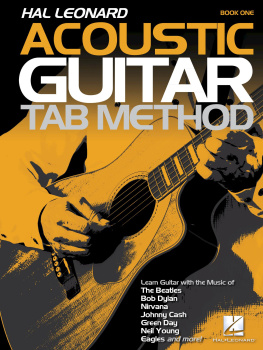
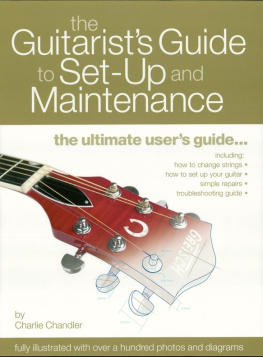
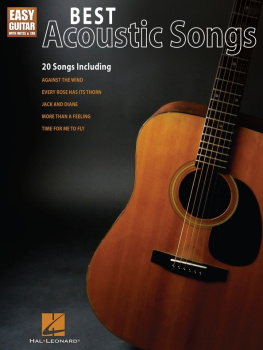

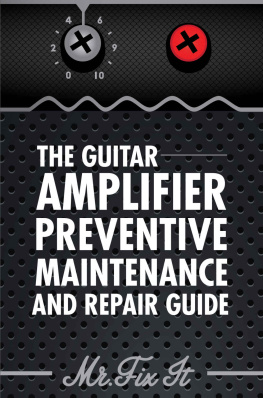


![Shanks - Essential bicycle maintenance & repair: [step-by-step instructions to maintain and repair your road bike]](/uploads/posts/book/235248/thumbs/shanks-essential-bicycle-maintenance-repair.jpg)
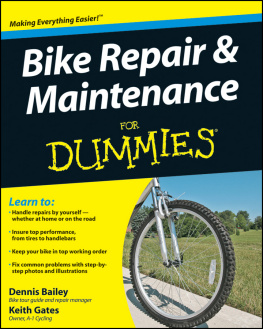

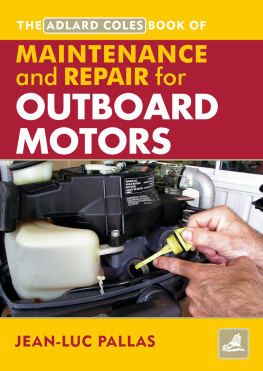

 787.6'12'0288
787.6'12'0288